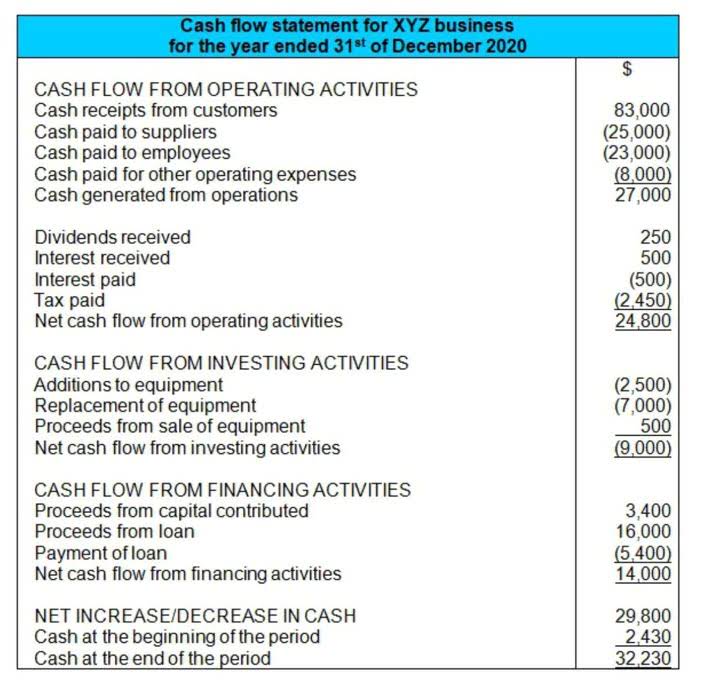
This transition is crucial, as it moves the revenue from a liability to an asset – specifically, from unearned revenue to earned revenue. Unearned revenue is typically classified as a current liability because the company expects to fulfill its obligations and deliver the goods or services within one year. However, if the company anticipates that it will take more than one year to fulfill its obligations, the unearned revenue should be treated as a long-term liability. In this case, the company ABC needs to record the $2,000 of cash received as an unearned rent revenue in the journal entry on December 29, 2020.
Unearned Revenue

These adjustments and corrections help ensure that financial statements of a business accurately reflect its revenue and liabilities. Regularly reviewing and adjusting for unearned revenue allows for better financial decision-making and reporting. Proper reporting of unearned revenue is essential for financial analysis and modeling. Companies must ensure transparency in their financial statements by correctly reporting unearned revenue according to accounting standards. This is crucial in building trust among investors, shareholders, and other stakeholders. Note that when the delivery of goods or services is complete, the revenue recognized previously as a liability is recorded as revenue (i.e., the unearned revenue is then earned).
Thinking about Unearned Revenue
- Unearned revenue has a direct impact on a company’s income statement as well.
- When a customer first takes out the loan, most of the scheduled payment is made up of interest, and a very small amount goes to reducing the principal balance.
- Accounting standards according to GAAP, or Generally Accepted Accounting Principles, allow for different methods of revenue recognition depending on the circumstances and the company’s industry.
- When a company receives payment before rendering the service or delivering the product, it must recognize this receipt as a liability on its balance sheet.
- The burn rate is the metric defining the monthly and annual cash needs of a company.
- Sellers of goods can also generate unearned revenue by offering discounts to their sellers for advance payments.
Interest is an expense that you might pay for the use of someone else’s money. Assuming that you owe $400, your interest charge for the month would be $400 × 1.5%, or $6.00. To pay your balance due on your monthly statement would require $406 (the $400 balance due plus the $6 interest expense).
Accounts Payable
An operating cycle, also referred to as the cash conversion cycle, is the time it takes a company to purchase inventory and convert it to cash from sales. An example of a current liability is money owed to suppliers in the form of accounts payable. Noncurrent liabilities are long-term obligations with payment typically due in a subsequent operating period. Current liabilities are reported on the classified balance sheet, listed before noncurrent liabilities. Changes in current liabilities from the beginning of an accounting period to the end are reported on the statement of cash flows as part of the cash flows from operations section.
Short-Term Debt
- Operating liabilities are amounts owed resulting from a company’s normal operations, whereas non-operating liabilities are amounts owed for things not related to a company’s operations.
- Hence, accountants record unearned revenue as a liability and only recognize it as earned revenue once the company delivers the goods or services as agreed.
- If you have noticed, what we are actually doing here is making sure that the earned part is included in income and the unearned part into liability.
- An operating cycle, also referred to as the cash conversion cycle, is the time it takes a company to purchase inventory and convert it to cash from sales.
- This principle ensures accurate reflection of a company’s financial performance on its financial statements, allowing stakeholders to make informed decisions.
As the product or service is fulfilled, the unearned revenue account is decreased, and the revenue account is increased. Proper cash management is crucial for a company dealing with unearned revenue. Unearned revenue, also known as deferred revenue or prepaid revenue, is money received by a company for a service or product that has yet to be provided or delivered. This type of revenue is recorded as a liability because the company owes the delivery of goods or services to its customers. During the audit, auditors will typically perform substantive tests on a sample of transactions. They may trace payments received to the bank statements to confirm the receipt of funds and then to the unearned rent account to ensure that these payments were correctly classified as a liability.
In conclusion, the proper accounting treatment of unearned revenue is necessary for accurate representation of a company’s financial health. Analysts and creditors often use the current ratio, which measures a company’s ability to pay its short-term financial debts or obligations. The ratio, which is calculated by dividing current assets by current liabilities, shows how well a company manages its balance sheet to pay off its short-term debts and payables.

Each contract can stipulate different terms, whereby it’s possible that no revenue can be recorded until all of the services or products have been delivered. In other words, the payments collected from the customer would remain in deferred revenue until the customer has received what was due according to the contract. Over time, is unearned rent a current liability when the product or service is delivered, the deferred revenue account is debited and the money is credited to revenue. In other words, the revenue or sale is finally recognized and the money earned is no longer a liability. At the end every accounting period, unearned revenues must be checked and adjusted if necessary.

As a result of this prepayment, the seller has a liability equal to the revenue earned until the good or service is delivered. This liability is noted under current liabilities, as it is expected to be settled within a year. Unearned revenue and deferred revenue are the same things, as are deferred income and unpaid income.

